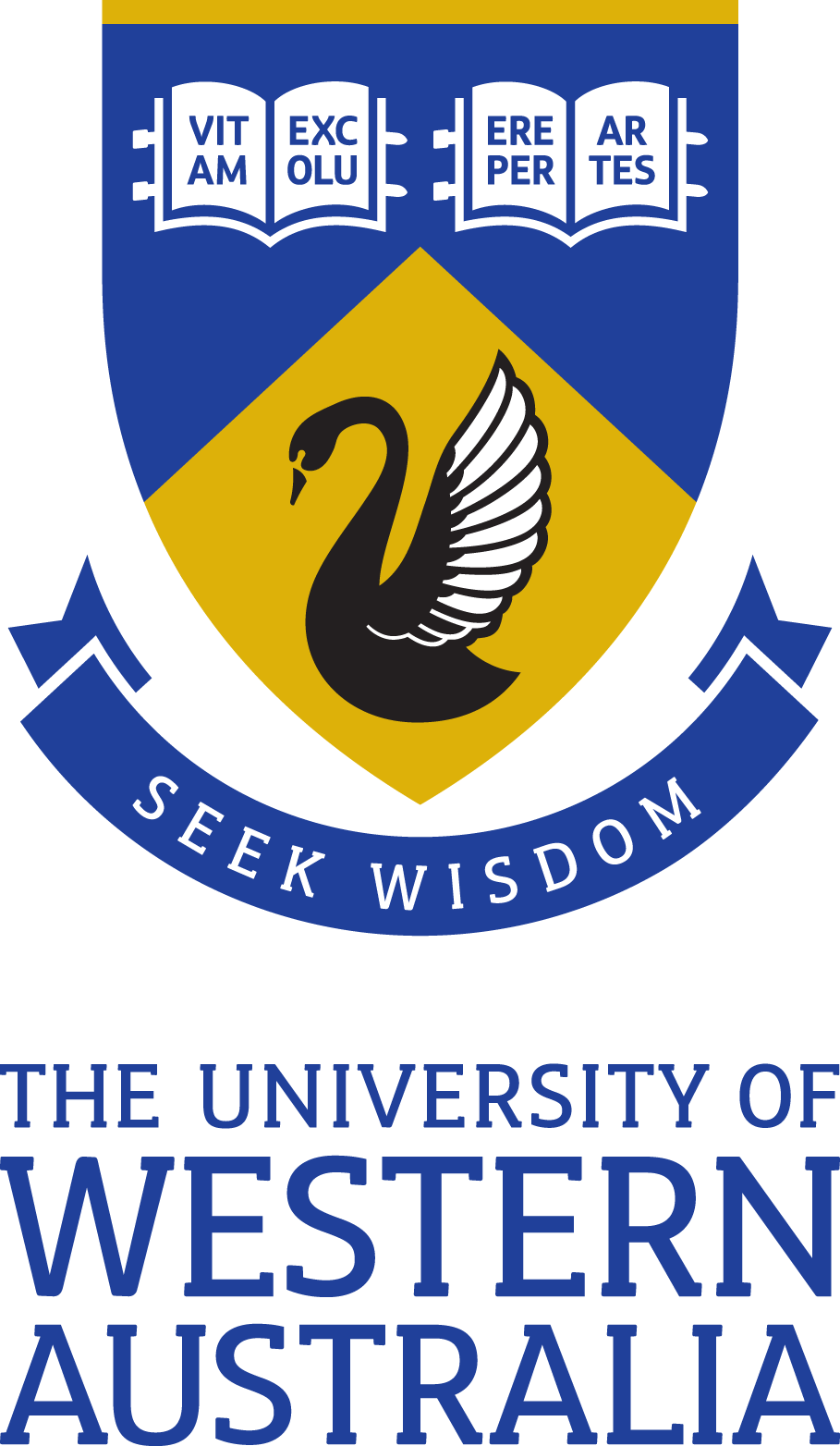Brief description
Marine Futures has sampled waters in the Capes region from just north of Cape Naturaliste down to Indjidup Point, including waters extending east into Geographe Bay. A total of just over 260 square kilometres of hydro-acoustic surveys have been completed in the Capes site. In addition, more than 50 hours of towed video footage has been collected. Following the development of the habitat maps, the biodiversity team have now collected and analysed data from 12 research trawls, 164 baited camera drops and over 3000 benthic photo images. This collection comprises datasets describing habitat mapping, biodiversity and human uses in the Capes region. Habitat mapping consists of four Google earth detailed and basic biota and substratum maps for the Capes region. There are two baited remote underwater video systems (BRUVS) datasets and six interactive Microsoft Excel charts each of which contribute to biodiversity analysis. The baited videos illustrate the fish diversity over an array of habitats found throughout the Capes study location. The interactive Microsoft Excel charts combine the biodiversity and mapping products to give the user an interactive and visual display of which organisms are found in what habitats. A Human Uses report containing an appendix of the Capes region study location is also included.Data time period: 2006 to 12 2008
Subjects
Conservation and Biodiversity |
Ecological Applications |
Environmental Science and Management |
Environmental Sciences |
Ecosystem Function |
Environmental Education and Extension |
Environmental Impact Assessment |
Environmental Monitoring |
User Contributed Tags
Login to tag this record with meaningful keywords to make it easier to discover
Identifiers


